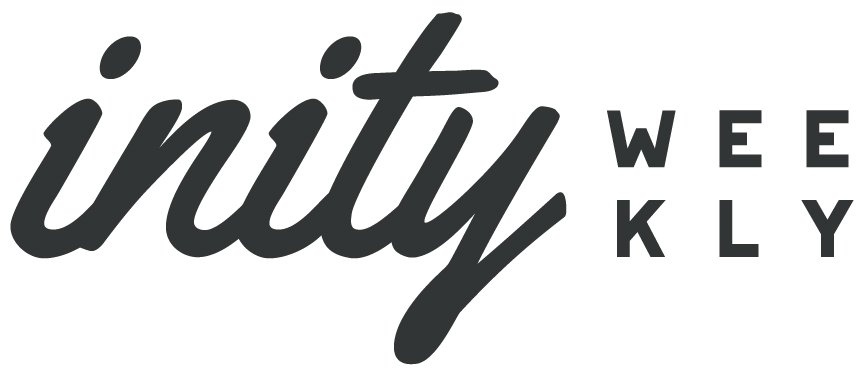Reggae 101: ONE LOVE PEACE CONCERT, 1978
One Genre. One Concert. One Love.
There are many positive, uplifting events throughout history that occur only as a result of a far more negative series of events. The One Love Peace Concert of 1978 serves as a perfect example of this. Explaining the significance of the One Love Peace Concert, however, requires an explanation of those series of negative events that preceded it.
Gaining independence from Great Britain was a double-edged sword. On one hand, the island was free to govern itself, create an infrastructure, and implement its own policies that established equality among its people. On the other hand, independence opened the door for internal political corruption on a level never seen before on the island. This corruption started ironically with the Jamaican government attempting to create a balance and fair representation among its citizens. As was done in the United States, Jamaica instituted two political parties after attaining its independence—the Jamaican Labour Party (“JLP”) and the People’s National Party (“PNP”).
Although the parties’ intentions were initially noble, it was not long before the two parties began commissioning local gangs to increase their following through intimidation. Across the island, JLP and PNP officials hired gangsters to force citizens to vote for their respective parties. Gun battles in the streets were a regular occurrence and were encouraged by the opposing party to demonstrate the ruling party’s inability to keep the streets safe. With political violence running rampant, two notable gang leaders decided to make an attempt at peace on the island. These unlikely pacifists were Claudius 'Claudie' Massop (JLP) and Aston 'Bucky' Marshall (PNP).
Bucky and Claudie were incarcerated in the same cell together in the mid 1970s. Apparently, jail cells frequently offer a great forum for introspection, no matter who the inmates are. And although they each represented an opposing political party, both Bucky and Claudie had one tremendous similarity—they both desired a more unified Jamaica. The pair decided that the best way to bring about peace on the island was through roots reggae music, which served as a positive, unifying force across the island at the time. Moreover, organizing a concert was fairly easy based on the influence Bucky and Claudie had over the people. The name of the concert served as a clear description of its purpose: the “One Love Peace Concert.” Of the many logistics, however, the main ingredient to a successful concert would prove to be the artist-lineup.
Without a doubt, the most influential global reggae artist at the time was Robert “Bob” Nesta Marley. Booking Marley, though, seemed unlikely because of Marley’s failed attempted assassination two years prior in 1976. Surprisingly, Marley fully supported the concert and relished in the idea of headlining the event. Outside of Marley, the show’s lineup included reggae hall of famers, such as Jacob Miller, Peter Tosh, Beres Hammond, Dennis Brown, The Mighty Diamonds, Big Youth, Leroy Smart, and Culture just to name a few. All performers did an amazing job of infusing the 30,000-plus crowd with messages of unity. They each encouraged both political parties to end the violence that was crippling the island. The spectators and politicians immediately seemed to bask in the positive energy flowing through Jamaica’s National Stadium on that warm April evening. Just as Bob was midway through his closing set, the unthinkable happened.
During Marley’s “Jammin’” performance, he paused and invited the leaders of the JLP and PNP, Michael Manley (PNP) and Edward Seaga (JLP), to join him on stage. After a bit of hesitation, Seaga and Manley joined Marley on stage as he improvised Jammin’. Marley then gracefully grabbed the two leaders’ hands, raised them high, and proclaimed “I just want to shake hands and show the people that we're gonna make it right, we're gonna unite, we're gonna make it right, we've got to unite...” Cheers roared throughout the crowd and Marley soon ended his 66-minute performance. Much was made of the two leaders’ coerced handshake, because for that instant, for that moment in time on that stage in National Stadium, Jamaica was completely at peace. Completely unified.
It would be delightful to say that after Manley and Seaga shook hands, they settled their differences and became the best of friends. It would be even more optimistic to say that the JLP and PNP worked together to make Jamaica a safe, wonderful place to live for eternity. The reality, however, is a bit more grueling. Shortly after the April 22, 1978 concert, Jamaica fell right back into political turmoil. Both Bucky and Claudie were killed within two years of the concert. Manley, the Prime Minister at the time, received criticism from his followers for sympathizing with Rastafarian movement, which the majority heavily ridiculed at the time. Furthermore, the last time Manly and Seaga shook hands was in 1981 at Marley’s funeral. In sum, many may consider the One Love Peace Concert a failure, BUT there’s one indisputable fact that still remains: during that concert, for 20 seconds of Bob Marley’s set, two warring factions engaged in a “symbolic cease fire.” At the very least, this served as a living testament to the power of roots reggae music.
Photo credits:
reggaediscography.blogspot.com
badgalsradio.com


